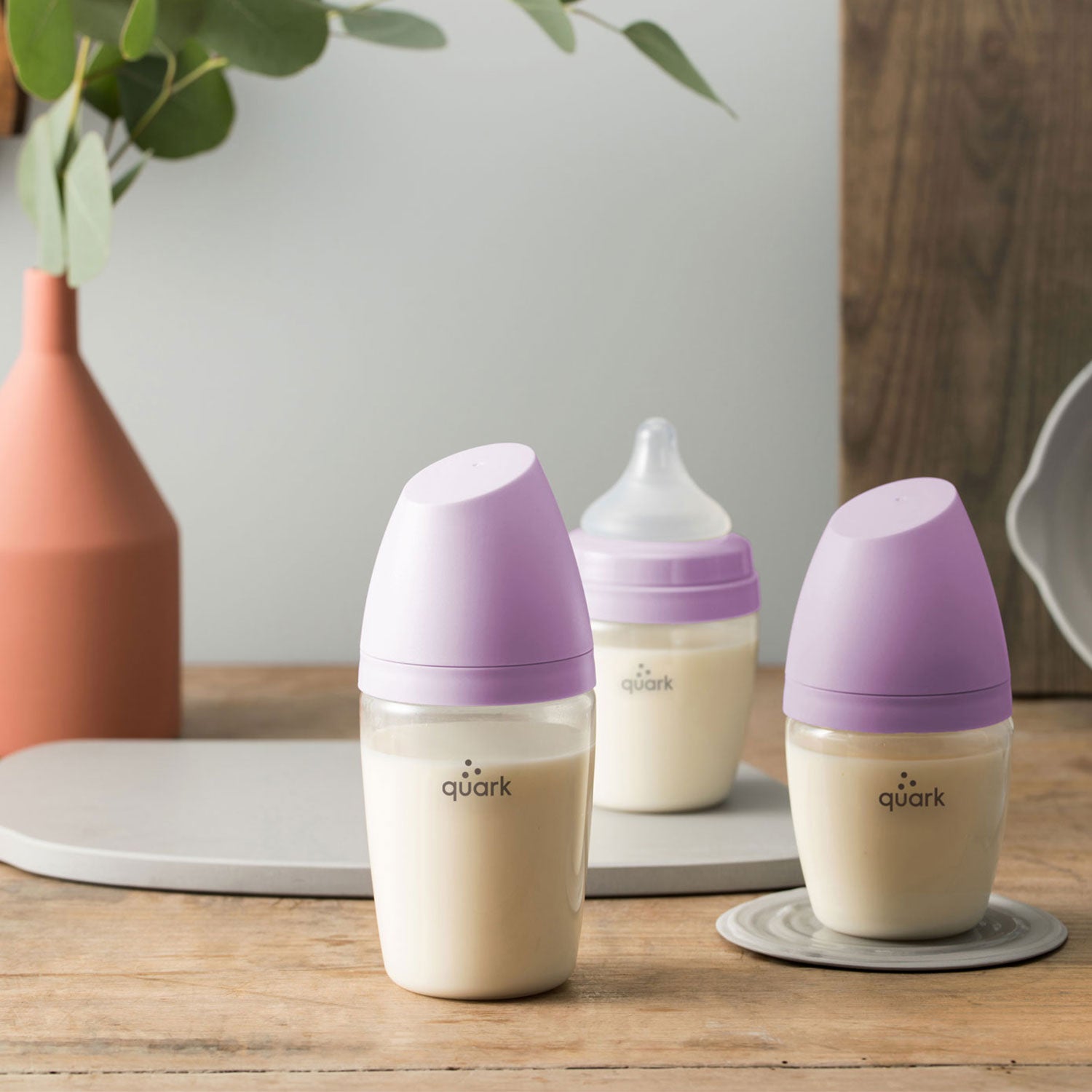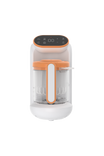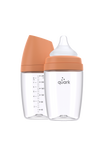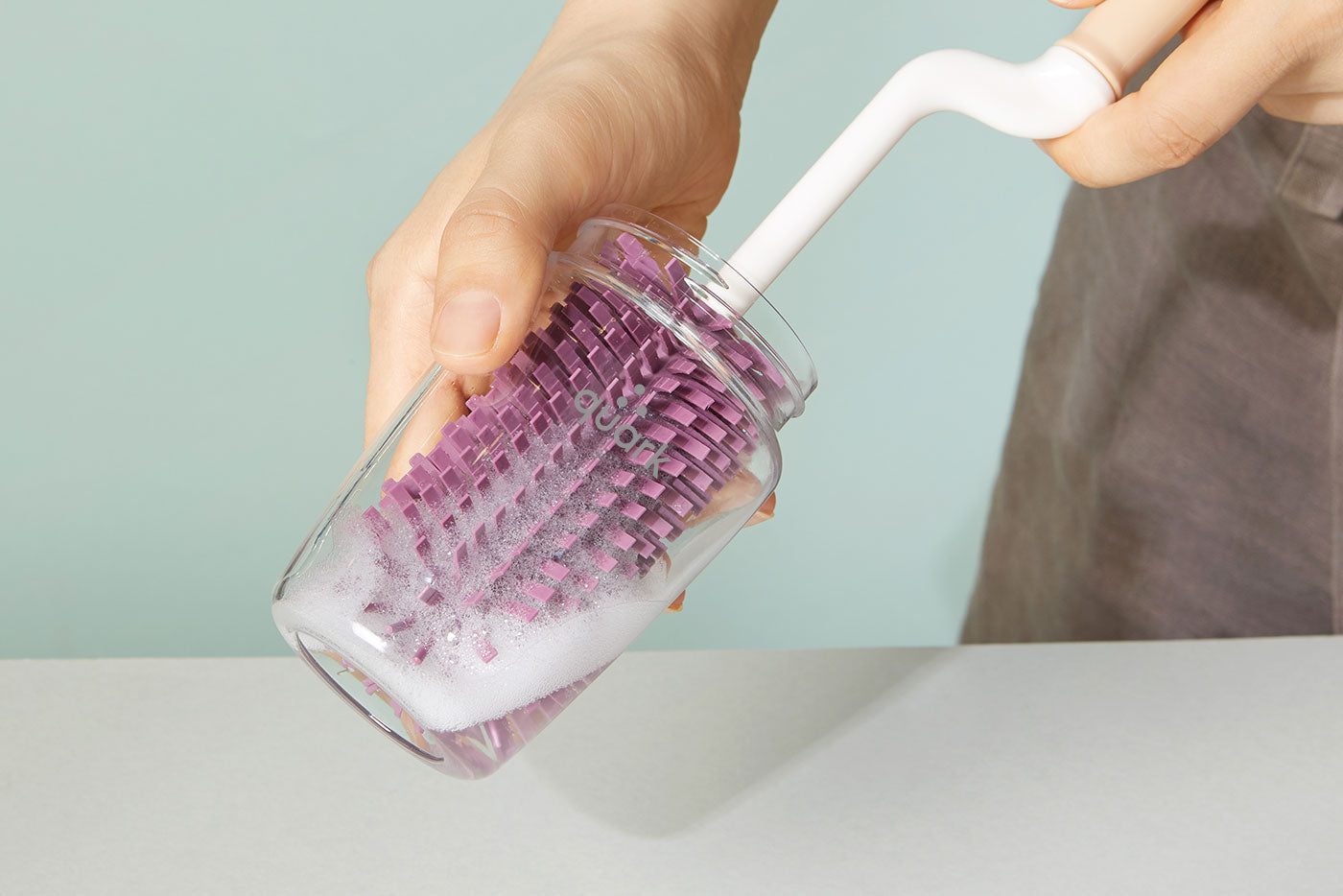Bottle feeding, while seemingly straightforward, requires a nuanced understanding to ensure it complements breastfeeding effectively. This guide delves into the essentials of bottle-feeding breastfed babies, offering practical advice to enhance this crucial aspect of infant care. Our focus is on facilitating a seamless transition between breast and bottle, safeguarding the health and well-being of your little one.
Selecting the Right Time to Introduce a Bottle
Introducing a bottle to a breastfed baby involves timing and patience. It's essential to wait until breastfeeding is well-established, which typically occurs around the 4 to 6-week mark. This delay ensures that both the mother's milk supply is stable and the baby has mastered the art of latching effectively. Early introduction of a bottle may lead to nipple preference (sometimes called nipple confusion) due to the different sucking mechanisms required for breastfeeding versus bottle feeding.
Opting for Slow Flow Nipples
To mimic the natural flow of breastfeeding, selecting a slow flow nipple is essential. Babies accustomed to the slower, more regulated pace of breastfeeding may struggle with the faster flow of standard bottle nipples. Most bottle brands offer slow flow nipples, designed to slow the milk flow to a manageable pace for your baby, thereby preventing overwhelming them and ensuring a smoother transition between breast and bottle. RealFeel bottle nipples are specially engineered for breastfed babies and come in a slow flow option, which is recommended for paced feeding.
Preparing and Warming the Bottle
Breastmilk and Formula Preparation
Whether you're feeding expressed breastmilk or formula, preparation is key. For breastmilk, thawing should be done gently—overnight in the refrigerator or under warm running water—to preserve its nutritional integrity. Formula feeding requires precise measurement and thorough mixing to avoid stomach upset. Cleanliness in preparation cannot be overstated; ensuring both the bottle and your hands are clean is fundamental to your baby's health.
Warming Techniques
Many infants prefer their milk at body temperature, mimicking the natural warmth of breast milk. Avoid microwaving, as it can create hot spots. Gentle warming methods include placing the bottle in a bowl of warm water or using a specialized bottle warmer. Always test the milk's temperature on your wrist to ensure it's safe for your baby. If you travel often, find yourself on the move frequently, or just don't want to get up in the middle of the night, it's worth checking out the BuubiBottle Smart Portable Milk Warmer.
Mastering the Art of Bottle Feeding
The Technique of Paced Feeding
Paced feeding is a method that closely replicates breastfeeding, promoting a more natural feeding rhythm. It involves holding your baby in a more upright position and allowing them to control the milk flow. This technique encourages proper digestion and helps prevent overfeeding, making it a preferred method for many parents.
Effective Bottle Feeding Positions
Finding a comfortable feeding position is as crucial for bottle feeding as it is for breastfeeding. The cradle and football holds are popular choices, offering both comfort and closeness. These positions facilitate bonding and help prevent common feeding issues such as ear infections.
Ensuring Proper Latch onto the Bottle Nipple
The transition from breast to bottle requires attention to the baby's latch. A good latch is characterized by the baby's tongue being under the nipple and their lips sealed around its base. Experimenting with different bottle designs may be necessary to find the one that best suits your baby's preference, ensuring a comfortable and effective feeding experience.
The Importance of Bonding during Bottle Feeding
Bottle feeding presents a unique opportunity for bonding with your baby. Engaging in skin-to-skin contact, maintaining eye contact, and ensuring a calm, distraction-free environment can significantly enhance this experience. These moments are invaluable, fostering a deep connection between you and your baby.
The Essential Practice of Burping
Burping is critical in managing your baby's comfort during and after feedings. It helps release any air swallowed during feeding, preventing discomfort and aiding digestion. Techniques vary, but the gentle over-the-shoulder method remains a favourite for effectively burping your baby.
Conclusion
Bottle feeding your breastfed baby is a journey that involves much more than simply offering a bottle. It's about maintaining the special bond created through breastfeeding, ensuring your baby's nutritional needs are met, and providing care that supports their overall development. We designed the BuubiBottle Hybrid Feeding System to help alleviate the stress that can sometimes be associated with combination feeding. Complemented with patience, knowledge, and the right techniques, you can make bottle feeding a rewarding experience for both you and your baby.
Contact Us
For more insights on bottle feeding and to explore our range of baby products designed to support your feeding journey, we invite you to get in touch with us. Our team is dedicated to providing you with the support and information you need to navigate the early stages of parenthood with confidence.






















Leave a comment
All comments are moderated before being published.
This site is protected by hCaptcha and the hCaptcha Privacy Policy and Terms of Service apply.